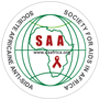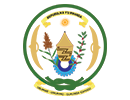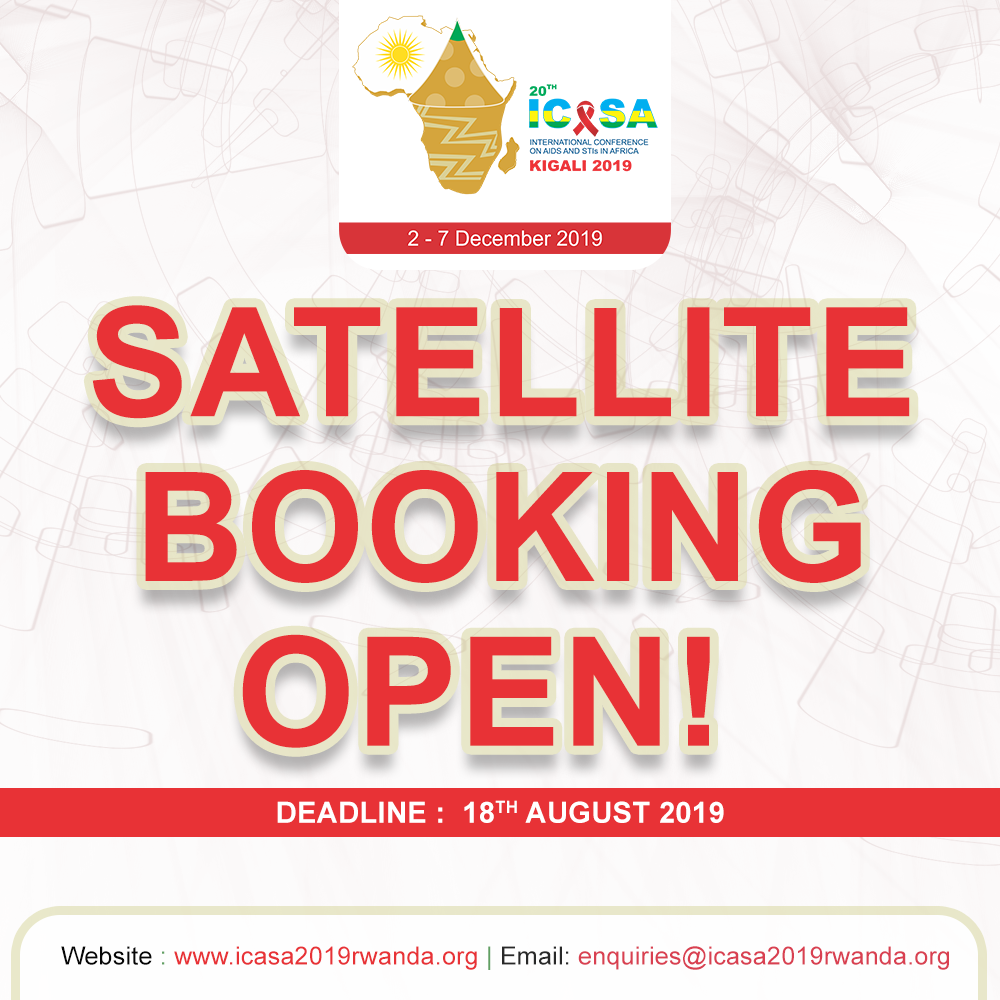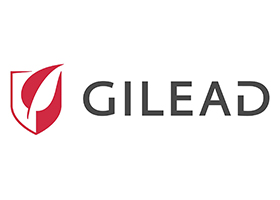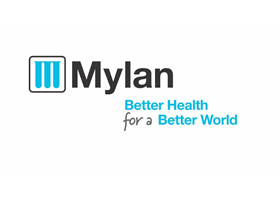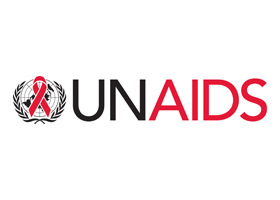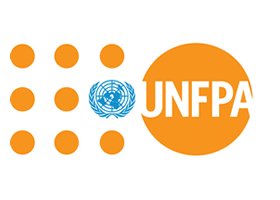Date: 2nd December 2019
Time: 8.30am -10.30am
Room: AD10
Organisers: DNDi, Sidaction, MSF
Reporter: Ingrid UWASE
The session started with a speech from Tatiana AMEGNRAN, a young ambassador from Growing Up Network. She noted that she had had to deal with side effects of her HIV treatment from a very young age. The results of her viral load tests can only be known 6 months after investigation request. Though the field has made lots of progress, there are still some persistent barriers with HIV paediatric treatment.
1.0. Current state of the treatment and care for children living with HIV in sub-Saharan Africa:
Jessica Burry made a presentation titled “Guidelines to reality: the complexity of preventing and treating paediatric HIV in 12 countries.” Gaps with PMTCT in these countries include poor support for preventing HIV infections in HIV- negative pregnant or breastfeeding women, challenges with supporting HIV- positive women plan for pregnancies. For 69% of HIV positive women, their last pregnancy was unintended. Some of the barriers is the poor acess to contraceptives, the complexity with implementing the World Health Organisation Guidelines for preventing HIV infection in neonates, and the absence of treatment guidelines for low weight babies. She recommended the need to simplify treatment options and continued coordination of transition of ARV regimens for children as new products come into the market.Dr. Rejane Zio of Sidaction discussed a survey on access to paediatric ART and Virological Testing in 11 West and Central African countries conducted over 10 years (2007 to 2018). The study results showed that there is a strong increase in access to first-line paediatric ARVs, poor availability of new paediatric ARVs as the last paediatric ARV recommended by World Health Organisation in 2018 is still unavailable, not generic and too expensive in these countries. The sudden changes in treatment regimens for patients often result in poor compliance and development of treatment resistance. There are also difficulties with identifying second and third-line ART needs for children under 25kg; and the second and third- line drugs recommended by the World Health Organisation since 2016 remains unavailable. New study questions include what treatment choice is available for children who weight less than 35kg if NNRTI are no longer available? What is the dosage of dolutegravir for children less than 25 kg? How can new treatment combinations be made available promptly, and what is the place for point of care to improve access to viral load?
2.0. Panel of discussion: Challenges of treating children and how to do better.
On the panel were Dr. Cordelia Katureebe, Mr. Adaman Ouedraogo and Dr. Isabelle Andrieux-Meyer. And the panel was moderated by Dr. Helen Bygrave. Panelists identified that the diversity and cost of pediatric HIV treatment is a barrier. At the same time, while adults are getting access to more evolving treatments, children are not. The panelists recommended for increase investment in innovative treatment for kids with HIV that are children friendly. The success story of the Government of Uganda championing the prevention and treatment of HIV through PMTCT access was shared.
3.0. Overcoming the barriers - what can be done to accelerate access to optimised
paediatric formulations? Dr Francine Karemera made a presentation titled “Community led treatment and virological monitoring of children living with HIV: ANSS experience” while Janice Lee discussed “what it takes to accelerating the availability of optimized paediatric HIV formulation for children.”The presenters highlighted that treating HIV in children is specific, not difficult. Children’s growth means changes in metabolism (children ‘clear’ drugs faster than adults). Also, as the child’s weight increases the drug dosage increase, and the ability to swallow evolves. In many sub-Saharan communities, paediatric formulations have shifted largely from solutions to solids (dispensable tablet, pellets, granules) and ARV procurement working group was set up to pool procurement across small volume paediatric products and countries with a small cohort of children on treatment. DNDi is collaborating with EGPAF, EVA, ICAP to accelerate the introduction of optimised paediatric HIV formulations. A new fixed dose combination which is under FDA review could replace NNRTI at $1 a day in 2020.
Take home messages
- 1. Diversify the paediatric HIV treatment and make it affordable. .
- 2. Countries and NGOs to consider paediatric HIV as a matter of concern and treat it as a human rights issue that should be respected.
- 3. Guidelines for pediatric HIV needs to be simplified.
- 4. The 90-90-90 goals should be disaggregated by age.


